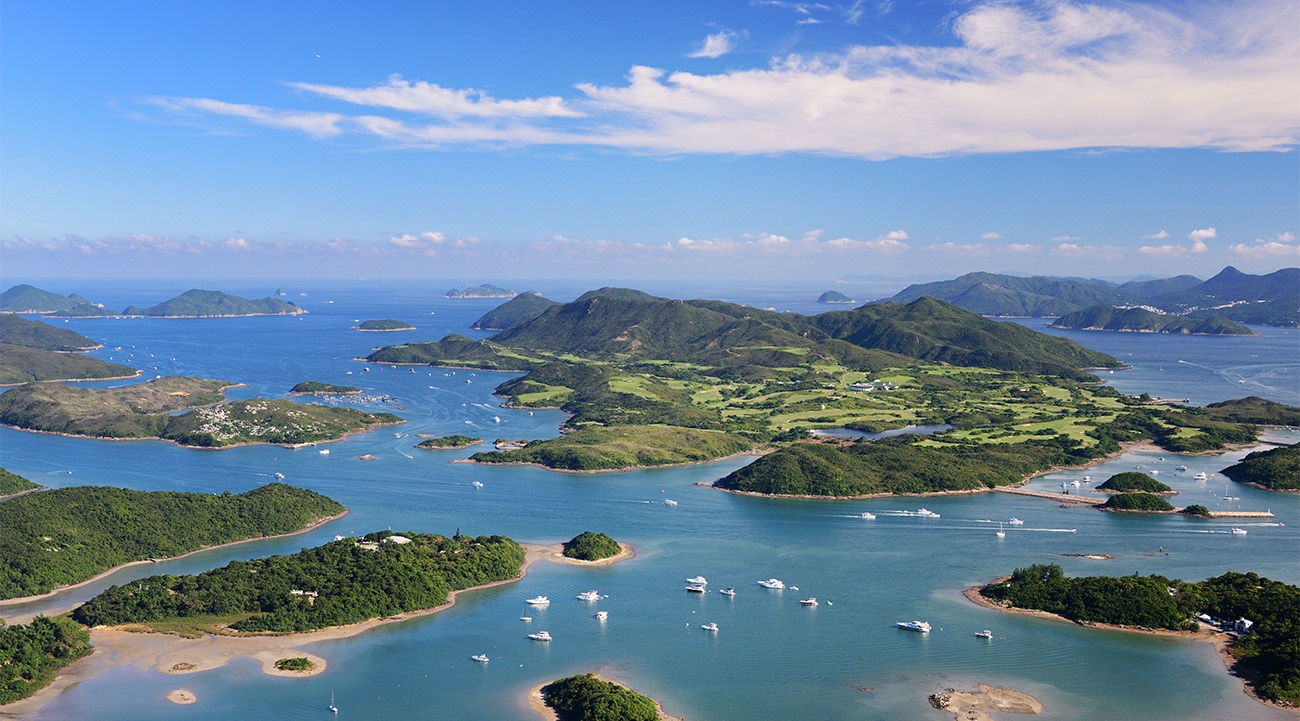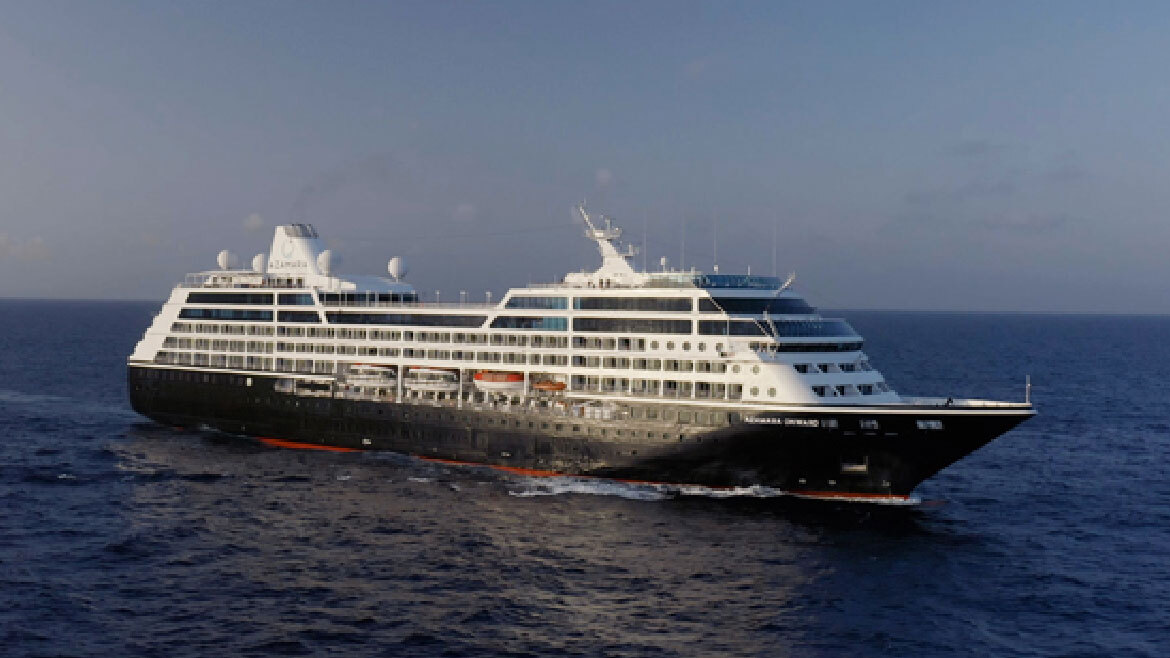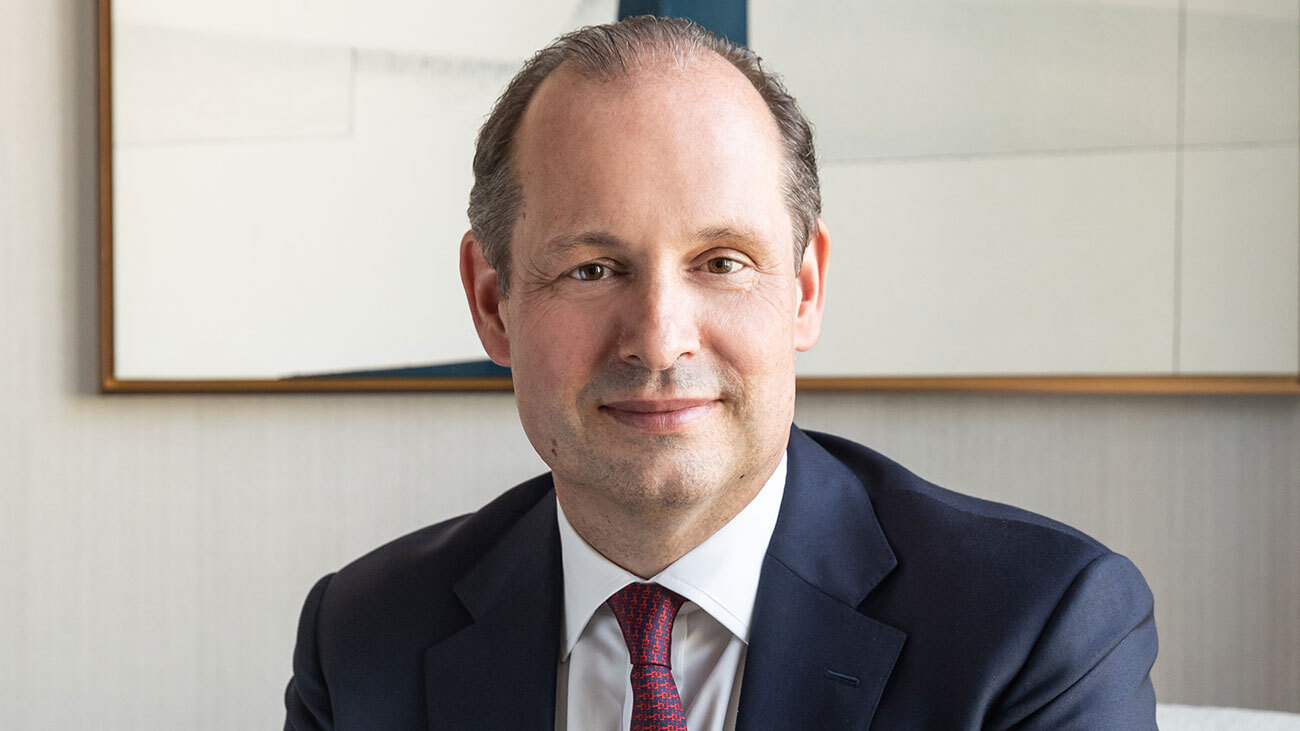Splendid isolation: Exploring Hong Kong's Sai Kung Peninsula
If the climb up this path undulating wildly over green carpeted hills hadn’t left me breathless, the view spread before me certainly would have done. My chest heaving, I gaze through a gap in the trees and take in the vista of hills tumbling into the water, forming an irregular but scenic edge to High Island Reservoir.
It’s the very image of bucolic bliss. So it’s hard to believe that this spot, where butterflies dance around me and bellflowers add splashes of colour, is in Hong Kong, just over an hour from the centre, on the Sai Kung Peninsula. It couldn’t feel farther from the city with the most skyscrapers in the world.
Green spaces
It turns out that Hong Kong is more than just high rises – there’s a surprising amount of green space, with only 25% of its land developed and much of the rest protected by a series of natural parks.
Several of these are in Sai Kung, also known as the back garden of Hong Kong, with its volcanic slopes criss crossed by hiking trails, beaches that wouldn’t look out of place in Thailand or Indonesia, and geological formations that leave the Giant’s Causeway looking like a poor cousin.
Despite its proximity to the urban jungle, it’s not the easiest place to reach and explore under your own steam, which is why I’m here with guide San Cheung, on a tailor made tour arranged through high end hotel The Peninsula.
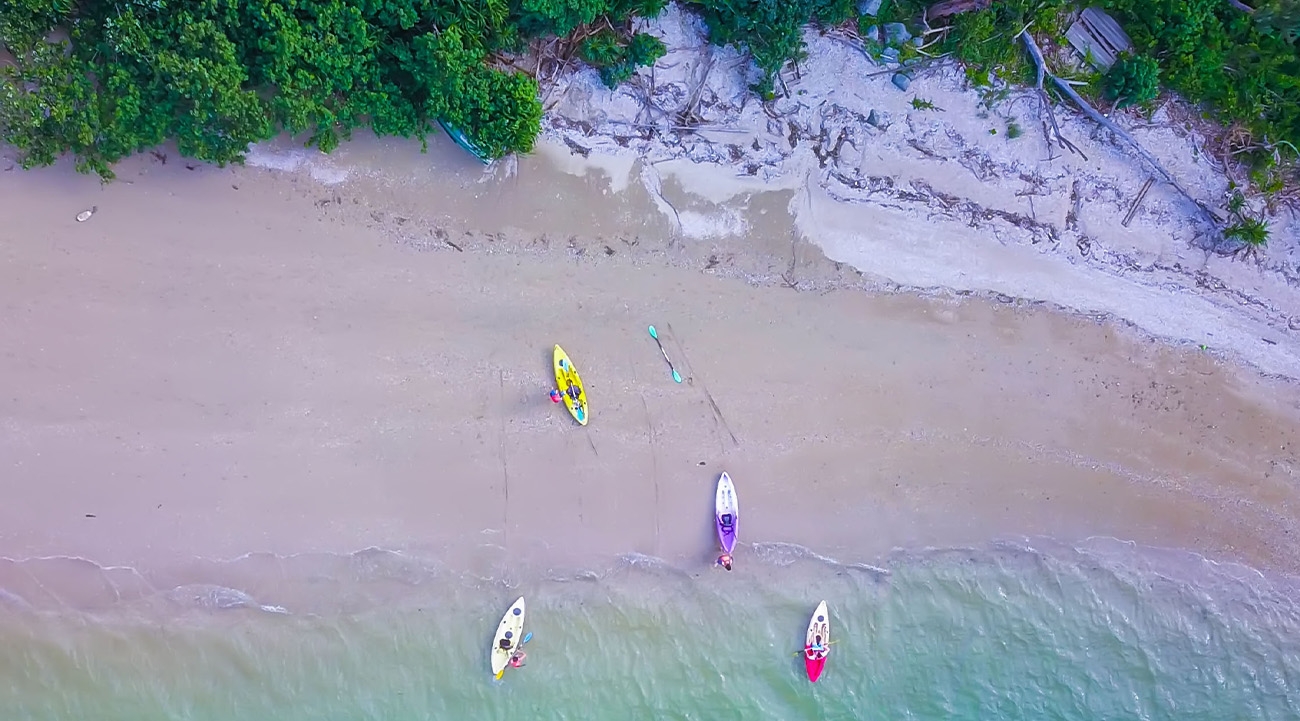

We’re hiking a slice of the 62 mile MacLehose trail, starting at Sai Wan Pavilion and heading to the village of Sai Wan, then following the coast along a series of perfect beaches. Although the temperatures are in the mid 20s in February, the only reclining bodies we see sunning themselves on Sai Wan beach are those of a small herd of wild cows.
Crossing the headland to the glorious sweep of sand backed by a rickety bridge at Ham Tin Wan, we pass an ellipse of wooden benches that are angled so you can look up at the heavens – it’s a popular area for stargazing and wild camping.
If Ham Tin Wan is beautiful, it’s overshadowed by Tai Long Wan (Big Wave Bay) and little sister Tung Wan. It has taken us a couple of sticky hours to get here, so it’s a joy to wade into the clear water, where a small motorboat takes us on the next leg of our journey. Skirting the coast, we head south to what Unesco calls the ‘Geopark in the City’ because of its proximity to the metropolis.
Natural wonders
Here, as if it weren’t enough to see the effects of cliffs pounded by the Pacific to create caves, natural arches, stacks and blowholes, a series of hexagonal rock columns with an average diameter of 1.2 metres are peppered across a land and sea area of 39 square miles.
I reach for my phone and start snapping. “Don’t worry with these ones – you’re going to see many more that are so much better,” says San, explaining how the columns were formed by cooling volcanic magma.
He’s right. Wherever we go, there are interesting formations, some pillars tinged orange and red by the surrounding sedimentary rock, rows of others tilted at an angle or folded over. Many of the formations were only revealed during quarrying for the East Dam at the High Island Reservoir in 1971. The dam itself is also impressive, protected from the waves by 7,000 enormous interlocking blocks.

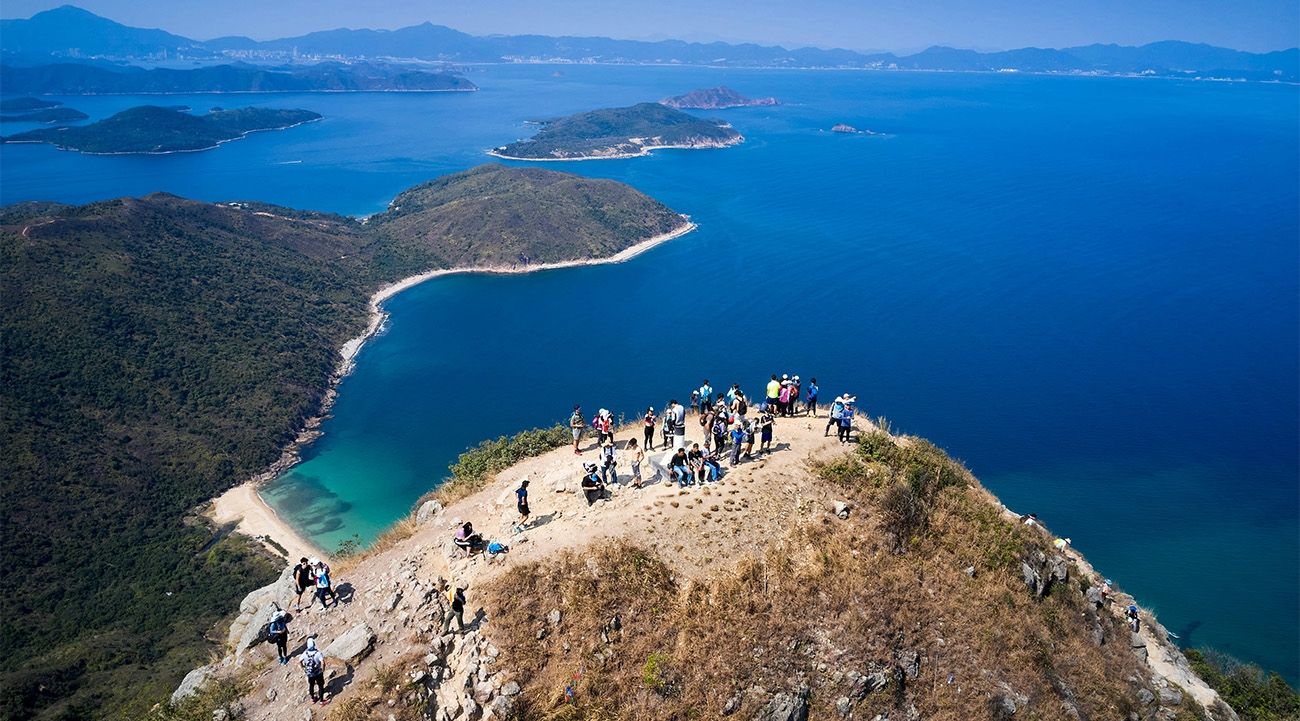
Chugging round the coast, we reach Po Pin Chau, an island that broke away from the mainland to reveal a series of huge hexagonal pillars resembling a church organ. From sea level, we get a real sense of their 100 metre height.
Farther on, we stop at the centuries old Tin Hau temple, where I watch amid the heady scent of incense, fascinated, as two locals prepare offerings of fake money to be burned. Next it’s Sharp Island, linked to the coast by a tidal causeway dotted with volcanic rocks.
It’s our last stop before we reach Sai Kung town, with its fish restaurants, Western-style cafes and ferries that sail to Half Moon Bay Beach. While the sandy stretch looks nice, it’s not a patch on the beaches I’ve seen on what has been an amazing adventure.
And as if the day wasn’t perfect enough, one of The Peninsula’s fleet of dark-green Rolls-Royces awaits to whisk me back to the hotel.
